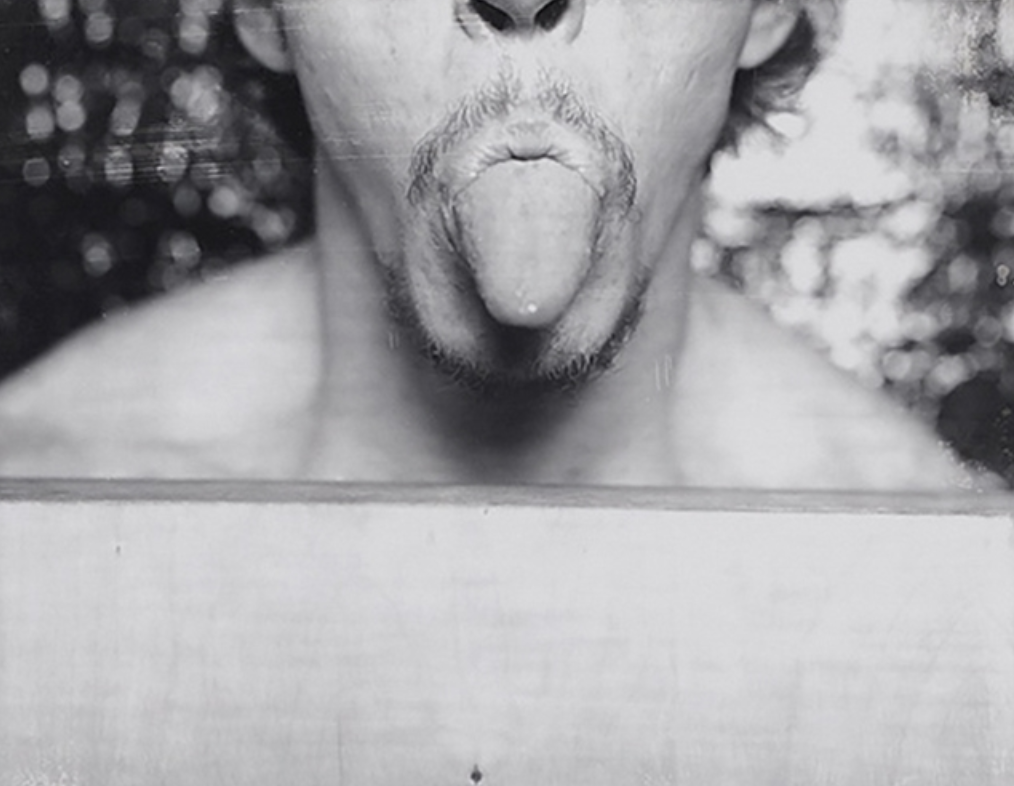How the Overlooked Queer Artists of the 20th Century Shaped A New Market For Queer Art Today


Artnet Auctions

Although Andy Warhol was one of the most renowned artists of the 20th century, he struggled to fit in and often felt rejected by his fellow artists — and not necessarily because of his provocative Pop Art. Writing about his unfortunate rapport with Robert Rauschenberg and Jasper Johns, Warhol explained that they excluded him because they claimed he was “too swish.” Despite being gay men and partners in both art and life, Johns and Rauschenberg furthered the machismo ethics of the sweat-and-smoke-driven 1950s Abstract Expressionists. Warhol felt that the pair excluded him because they found him “effeminate” not only in his manner but also in his fashion-centric work as a commercial artist. Despite the many gay artists involved in the Abstract Expressionist movement, a heteronormative pathos was deeply rooted in post-war American painting.
A half-century later, and after much toil towards progress, a lot has changed. Many artists not only publicly and proudly identify as queer, but produce bodies of work with content directly connected to their sexual identities. Moreover, many of these artists find curatorial and critical praise that may not have materialized just a few decades ago when Warhol and his contemporaries were working. This broader cultural acceptance of queer identity has been reflected in the art market, as well.
Read on to learn more about the complex narratives that have shaped the market for queer art, and why Artnet Auctions’ Queer Legacy sale represents a great collecting opportunity.
“I had always believed that change came down to personal action—not just language but the idea of self truth.”
– David Wojnarowicz
The rise of queer art in the market cannot be discussed without looking to artist David Wojnarowicz’s life and work. Before the height of the AIDS outbreak, Wojnarowicz—whose piece Jean Genet Masturbating in Metteray Prison (London Broil) is offered in Queer Legacy—was living in an East Village scene that was quietly but seismically altering the future of the art market. The area became a center for a concept of marginality that gallerists locked onto and began to sell for marked-up prices. In the shadow of artists like Wojnarowicz, downtown New York became synonymous with discovering the “Next Big Thing.”
As for his work, Wojnarowicz addressed the discomforting outsider-status of homosexuality while alluding to darker personal truths including his experiences of childhood violence as well as his refusal to hide his queer consciousness. His work turned a spotlight on the queer underground scene in which he worked and lived and — in doing so — resulted in a rise in the public profiles of LGBTQ+ artists during his lifetime.
Still, the modest success Wojnarowicz found then is nothing compared to the secondary market prices his work is achieving now. In light of Wojnarowicz’s monumental 2018 retrospective at the Whitney Museum, which positioned his practice as a documentarian emblem of the 1980s, his auction volume tripled. Following the exhibition close, his 1986, EARTH, WIND, FIRE AND WATER canvas tripled its low estimate and sold for $1,515,000 at Sotheby’s.
Wojnarowicz’s market is crucial to understanding the market today because even his posthumous critical lauding has led to a bump in the market of his contemporaries, exemplified by a market interest in Hugh Steers after Wojnarowicz’s Whitney show. In May 2019, a piece by Steers of comparable size to Red Drape (offered in Queer Legacy) sold for $55,000. As the first result for the artist at this price point, the sale potentially indicates that it took Wojnarowicz’s posthumous empowerment at the Whitney to encourage a secondary market catch-up for his contemporary.
Today, the market pace for queer art has become increasingly rapid. Christina Quarles, an early-career artist based in Los Angeles whose work explores race, queerness, and gender at its roots, surged onto the secondary market in November 2018, with a piece created only one year prior to its sale. At Phillips in New York, her painting Pull on Thru Tha Nite sold for $225,000 over a $30,000-50,000 estimate, and the following May, her pulsingly romantic Moon (Lez Go Out N’ Feel Tha Nite) achieved $275,000, almost quadrupling its high estimate.
Another canvas by Quarles with an adjusted estimate of $70,000–100,000 is featured in Phillips Evening Sale this July. The dynamic nature of Quarles’s generation includes artists Math Bass, Alex da Corte, Paul Sepuya, Louis Fratino, Doron Langberg, and Jonathan Lyndon Chase, among many others, and excitement for the queer art narrative as a whole continues to flourish.
What’s more, the representation of Elmgreen & Dragset by Pace Gallery was announced this week, and a Francis Bacon triptych inspired by Aeschylus’s Oresteia just sold at Sotheby’s for $84,550,000, ultimately the third-highest auction price ever achieved for the artist’s work. These sales might not have been possible without Wojnarowicz pushing queer art forward in his life and work and into the mainstream of public acceptance.
Our Queer Legacy sale illustrates the important moment for a collective consciousness. From the photography of Wolfgang Tillmans and Nan Goldin to a collage by Gilbert & George that juxtaposes historical and explicit concepts, the works in the sale convey the necessity of social disruption and shared hope that will remain crucial well beyond Warhol and Wojnarowicz in order to continue the fight for LGBTQ+ liberation.